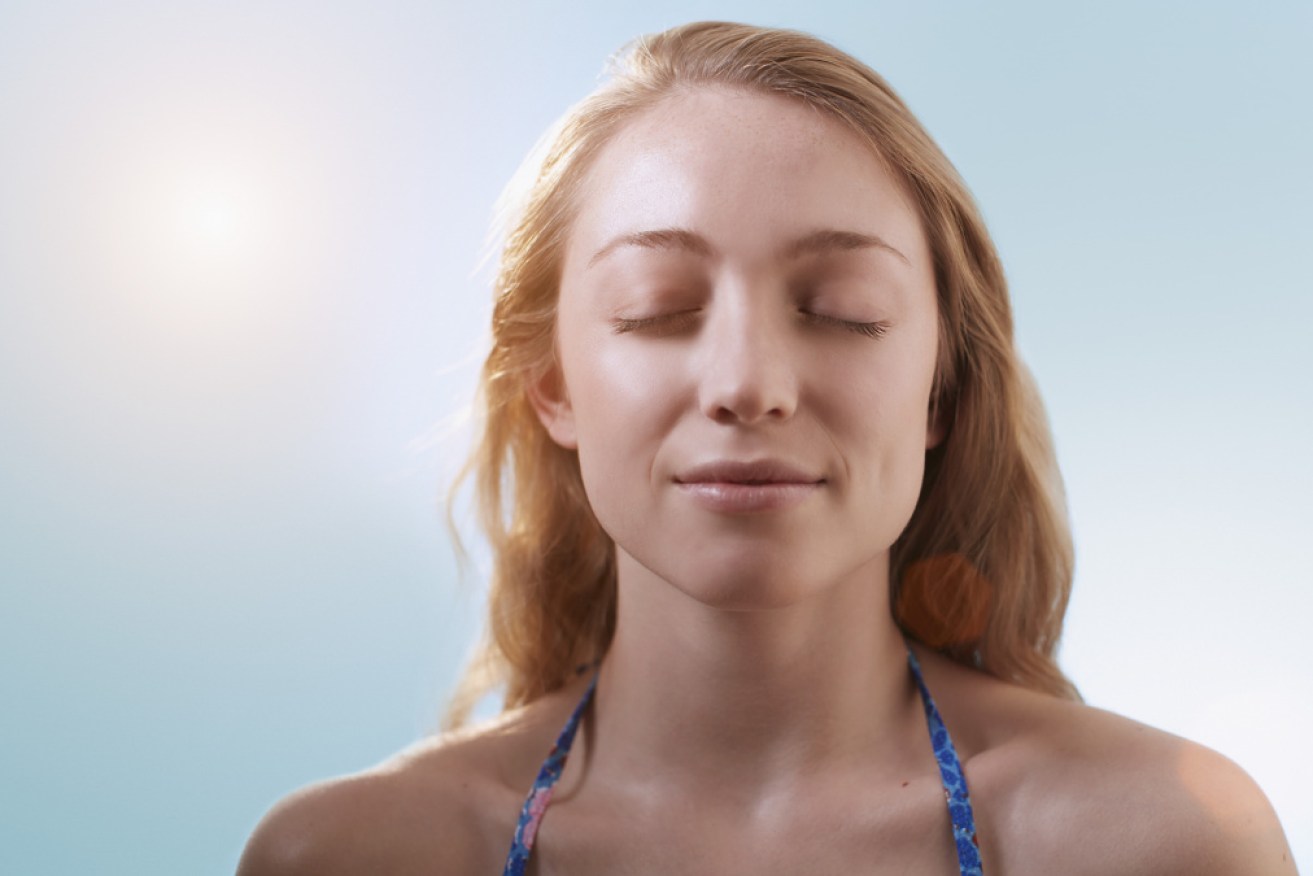How much vitamin D do you need in winter?


A new study has found mixing SPF make-up with sunscreen is a no-no. Photo: Getty
As UV levels drop and we bid farewell to long summer days, getting enough vitamin D – which is essential to bone health – can become a challenging task.
But, stocking up on the ‘sunshine vitamin’ doesn’t have to be a pain during the cold, and sometimes dark, days of winter.
While some foods naturally contain vitamin D, we get only about 10 per cent of required intake this way.
“Vitamin D is unique in that the best source is actually from the sun – it’s produced in our bodies through a reaction when it hits our skin,” Dietitians Association of Australia’s Felicity Curtain said.
“Generally, in the summer months we naturally get enough vitamin D, but it’s during winter where we see less sun, and the UV levels drop, that we need to consciously step outside to absorb some rays.”
During summer, you only need a few minutes of sun exposure every day to maintain vitamin D levels. In the winter, however, it’s a different story.
During winter, the UV index will be low (below 4) for most of the day in some parts of Australia, particularly in the southern states and regions. So, it makes sense to spend more time outside to get the required vitamin D exposure.
“Sunlight exposure, minimising the risk of excess UV exposure, is the best way to increase vitamin D levels,” Osteoporosis Australia’s medical director Professor Peter Ebeling told The New Daily.
He recommends two to three hours a week, or 20 minutes a day, of exposure to sunshine during the middle of the day.

Recommended sun exposure based on location. Photo: Osteoporosis Australia
Why is vitamin D so important?
Vitamin D helps our bones absorb calcium, so in turns keeps them strong and supporting our body.
It is also important to have normal vitamin D levels if you are on medications used to treat osteoporosis. That will help the medication before more effective at reducing broken bones.
However, about one in three adults will have a mild, moderate or severe vitamin D deficiency.
“Severe vitamin D deficiency can result in painful muscles and bones and increase the risk of broken bones, such as a hip fracture,” Professor Ebeling said.
It can also cause osteomalacia, or soft bones, which are often painful.
In children, the most serious health outcome of severely low vitamin D is rickets, which could cause short stature, and deformities in the legs, ribs and other bones.
Which foods are best?
Some of the best food sources of vitamin D include fish, especially fatty fish such as mackerel, salmon, herring, Ms Curtain said.
Other good sources include liver, egg yolk, and vitamin D-fortified foods such as milk, yoghurt, and margarine.
The average daily Australian diet contains only about 110 International Units of vitamin D, so Professor Ebeling recommends those who are deficient should take a supplement.
“A daily dose of 800-1000 IU will be effective in most people,” he said.
How to find out if you are vitamin D deficient
Those who are at risk of deficiency can be referred by their doctor for a test to measure their vitamin D blood levels.
Even with supplements, it can take up to three months to bring vitamin D levels back into a normal range, depending on the dose required. A follow-up test is usually done to check on vitamin D levels after this time.
You might be at risk of vitamin D deficiency if:
- You are elderly, particularly if you are housebound or are in institutional care;
- You are naturally darker-skinned – the pigment in dark skin reduces the penetration of UV light;
- You avoid the sun for long periods by choice or for medical reasons;
- You cover your body for religious or cultural reasons;
- You have other medical conditions that might affect the way your body absorbs or processes vitamin D;
- Babies of vitamin D deficient mothers are also at risk of vitamin D deficiency;
- You are obese.








